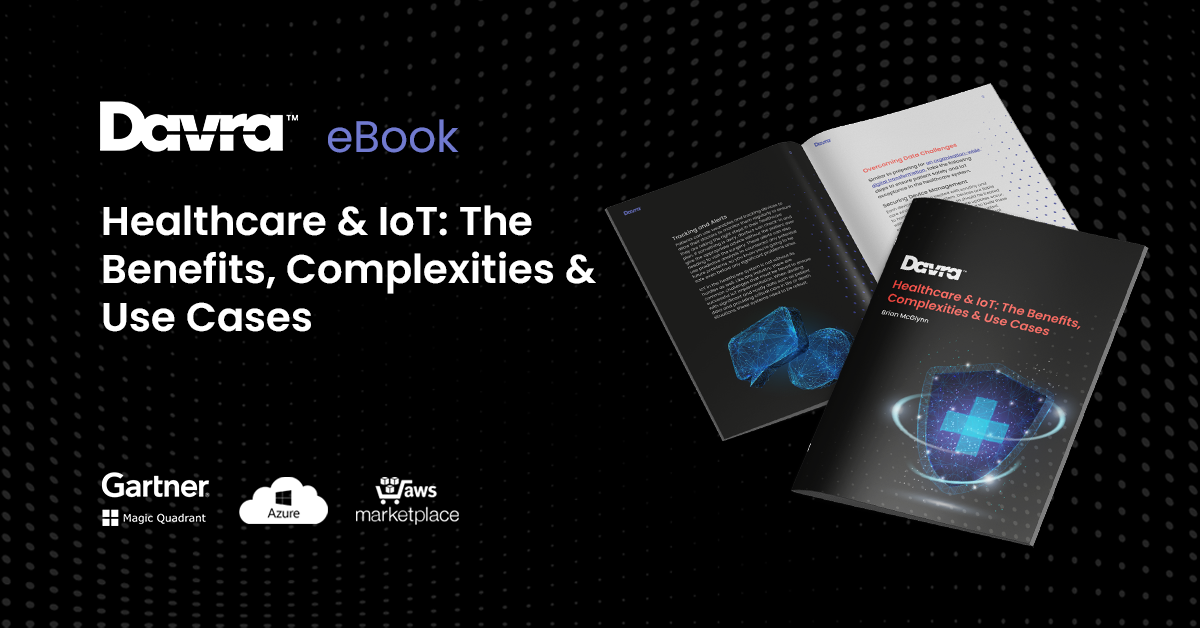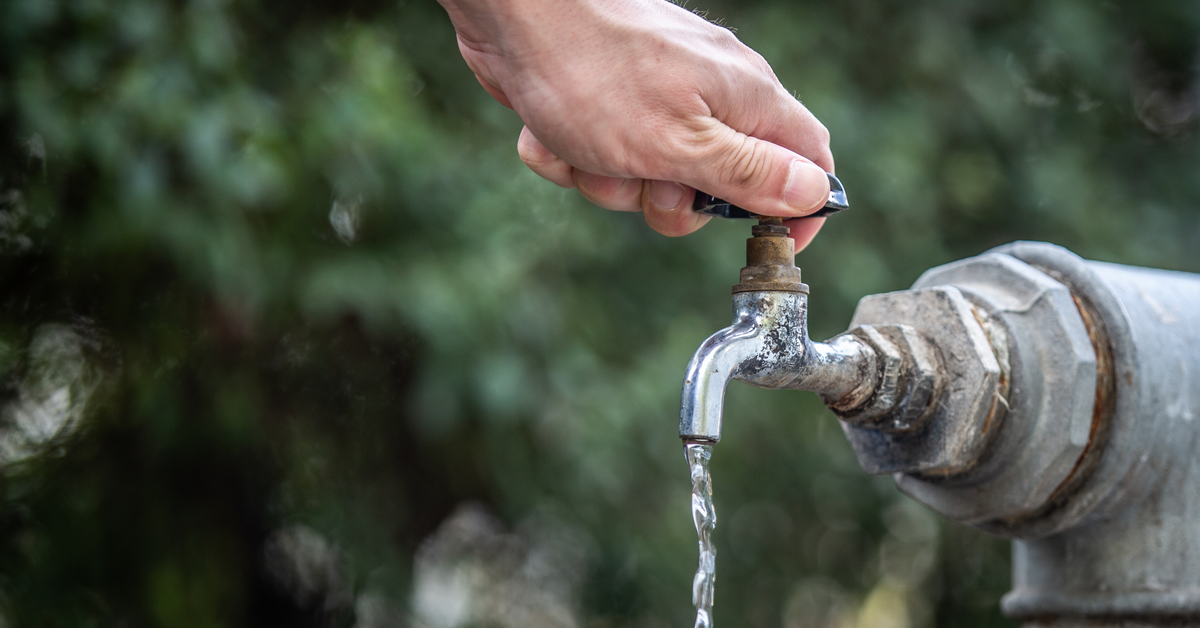IoT in Healthcare Use Cases eBook
Download Your Free IoT in Healthcare Use Cases eBook
Read More


Smart water management has become a priority across many homes, cities, and organizations in response to the challenge of increasing water quality and reducing water waste. A key arsenal in providing real solutions is IoT, where the utility sector can deploy sensors and IoT technology for real-time monitoring and control. The data can then be analyzed to help predict and prevent flooding and water wastage, and monitor water quality.
Sensors are where the magic starts. They can measure the chemical composition of the water in rivers and the changing quality in storage reservoirs. Sensors also provide data on the health of pipes and machinery, leak detection, and the pressure levels or build-up of water – these are crucial to predict and prevent flooding and reduce wastage.
The various practitioners can then use this data within the water supply chain to gain critical real-time and historical insights into the health of the water infrastructure and provide the impetus for early intervention and data-driven corrective measures on demand. Let take a look at three different examples.
More and more cities globally are replacing their residential water meterage with smart meters. The traditional meter reading system typically only offers water readings quarterly, therefore not allowing for the timely detection—or notification—of water leaks. By comparison, smart water meters provide an accurate record for usage, meaning residents only pay for what they use. Further, they can identify structural defects and leakages as well as any examples of excessive water usage. This makes it possible to reduce any inefficiencies, prevent damage and take action against water wastage.
The digitization of physical assets like drains and sewers makes it possible to recognize water patterns and prevent disasters like flooding and water contamination. However, city water infrastructure is traditionally plagued with aging infrastructure, and time-consuming compliance reporting. The Metropolitan Sewer District of Greater Cincinnati (MSDGC), provide a collection and treatment service to the 300 miles sewer pipeline for the City of Cincinnati. Unfortunately, MSDGC was discharging about 11 billion gallons of combined sewage into the Ohio River every year.
The City traditionally utilized several hundred dataloggers. Data collected and stored in these devices was downloaded intermittently by crews deployed to change batteries and check operational parameters. Unfortunately, most of this monitoring system did not provide real-time data from the collection network. They started working with IIoT startup Ayyeka. The company has developed Wavelet, a ruggedized, battery-powered, wireless edge device. The device generates and securely transmits sensor data to a software platform, where it can be managed and integrated into third-party applications, such as SCADA, data analytics, and GIS.
Now, the City has a smart sewer network of over 600 level, flow, and rain monitoring devices to develop predictive models to assess the impact of precipitation events in the various catchment areas throughout its collection system.

Image source: NUS environmental research unit.
In Singapore, the City deploys robotic swans to monitor water quality in the City State’s rivers. They previously monitored water quality by using people in boats, a time-consuming and expensive process. The SWAN project (Smart Water Assessment Network) is between the National University of Singapore and the national water agency PUB. The autonomous swans measure the water’s pH, dissolved oxygen, turbidity, and chlorophyll. The data is wirelessly uploaded to the cloud for real-time analysis to determine if the water is drinkable.
In conclusion, water is a valuable but limited commodity. Homes, businesses, and cities can leverage the benefits of IoT to ensure that water quality is maintained, remediating water wastage and preventing leaks and flooding.
Anthony Sayers, Director of IoT Ecosystems & Partners, Davra
If your interested in learning more about how to develop an IoT strategy, reach out to us here at Davra.com
Download Your Free IoT in Healthcare Use Cases eBook

Davra IoT is the only Industrial IoT Platform Available on AWS Marketplace
Read MoreThe Collaboration of Humans & Robots Has Created The Cobot
Read More